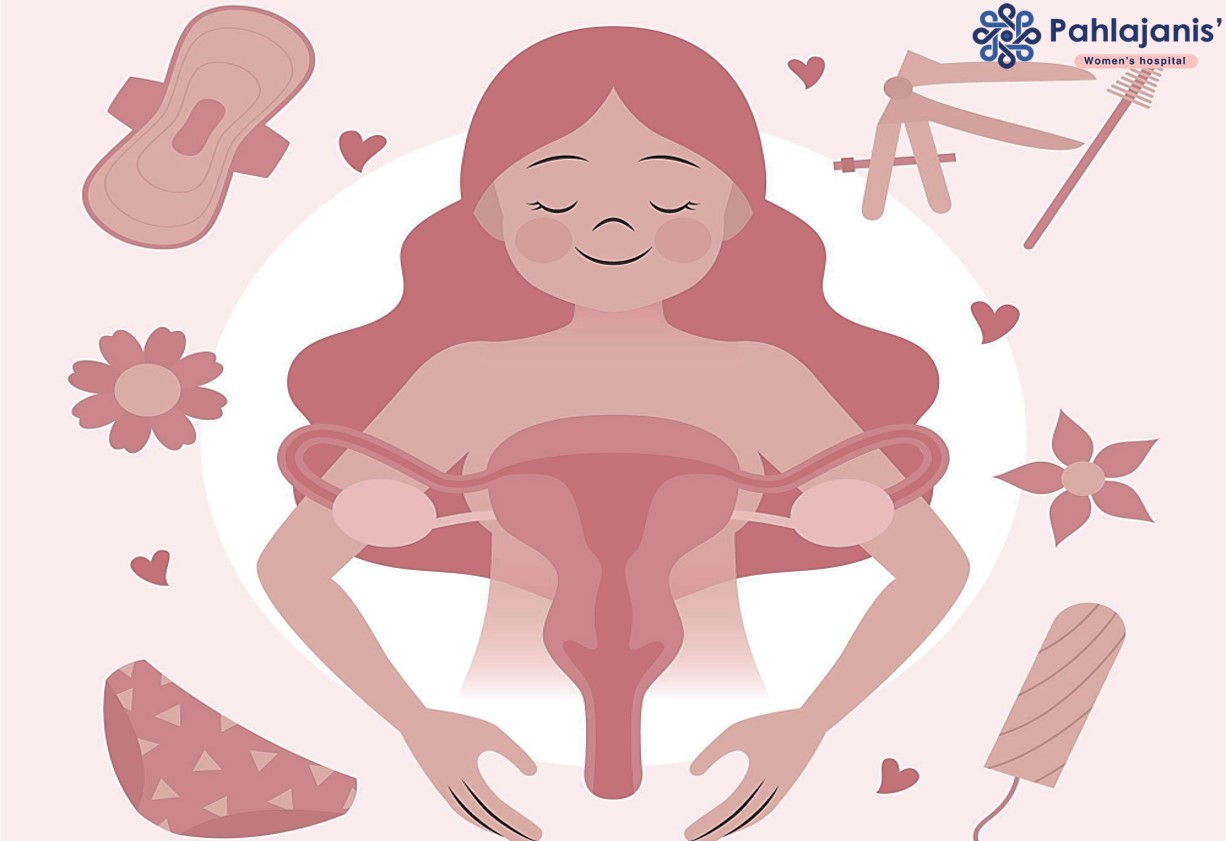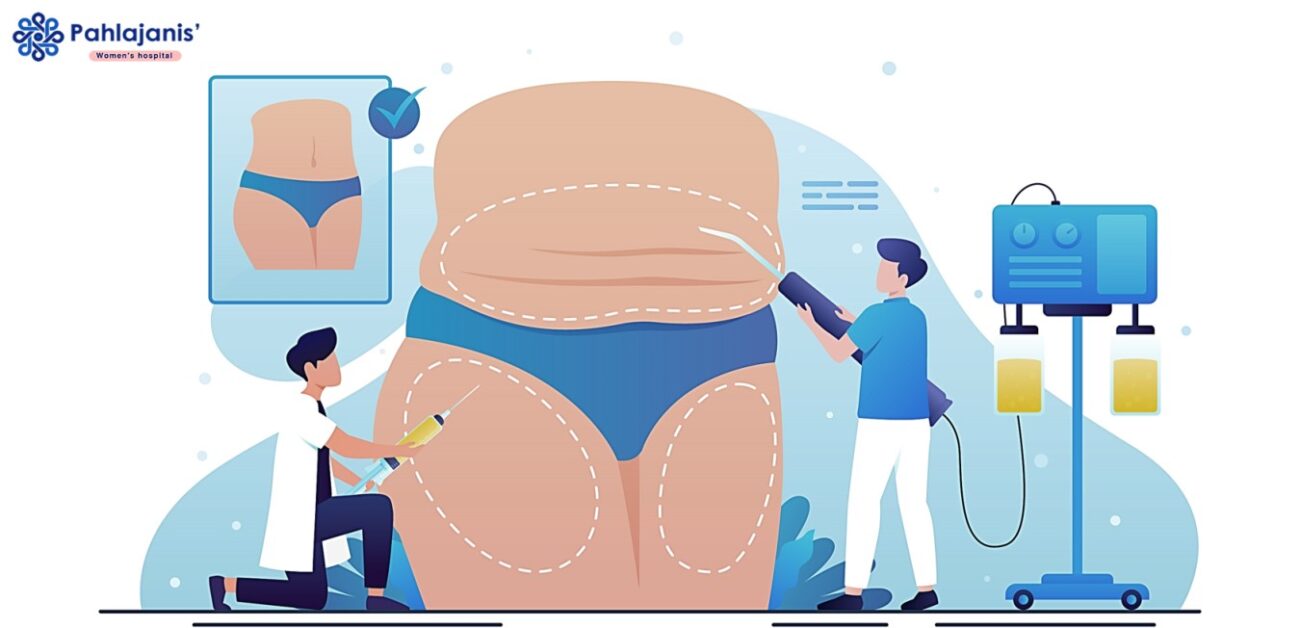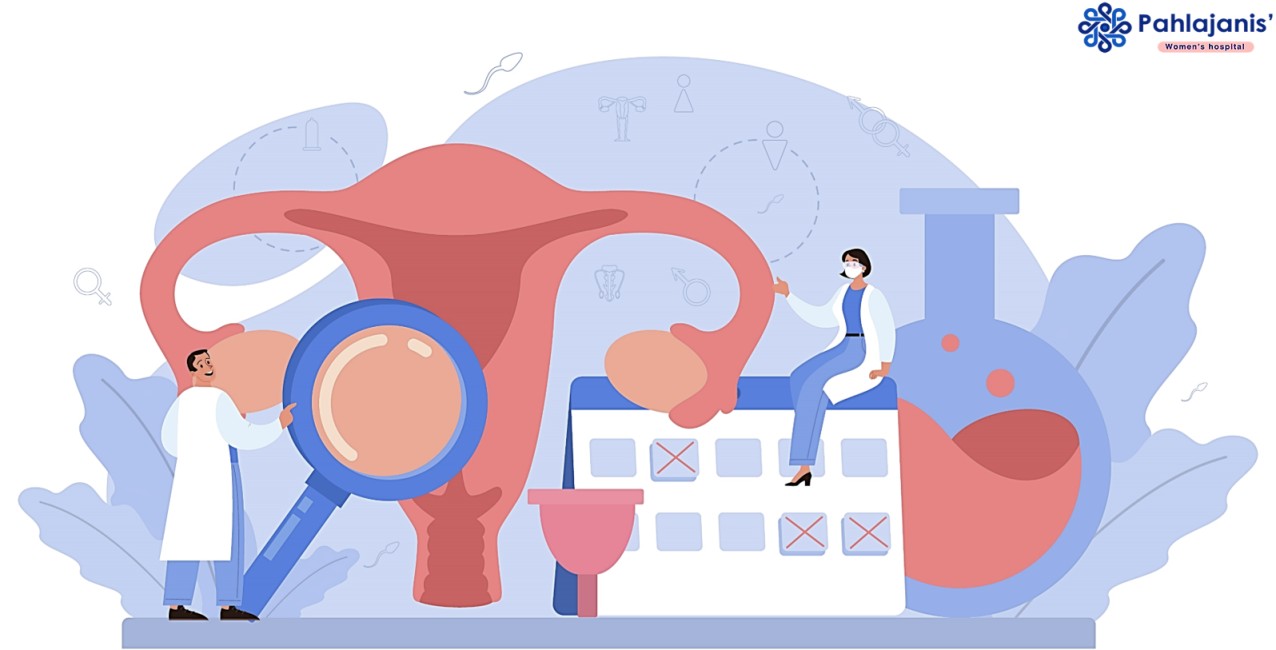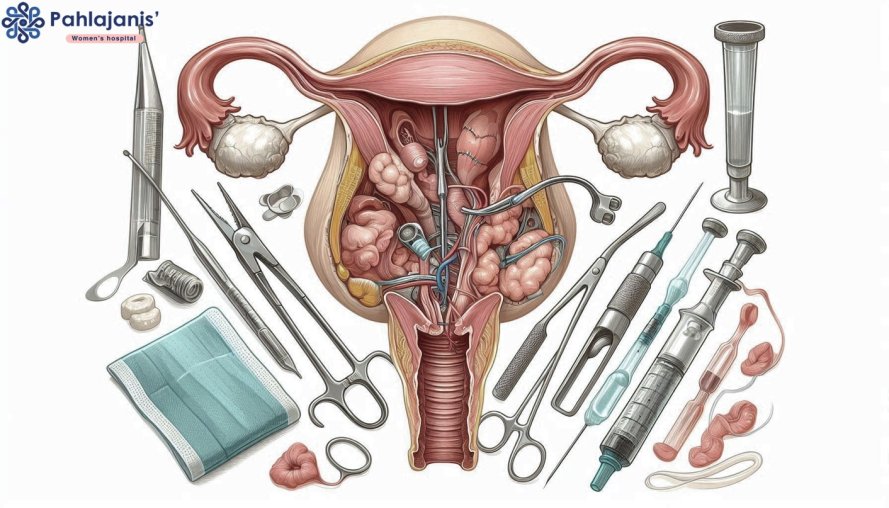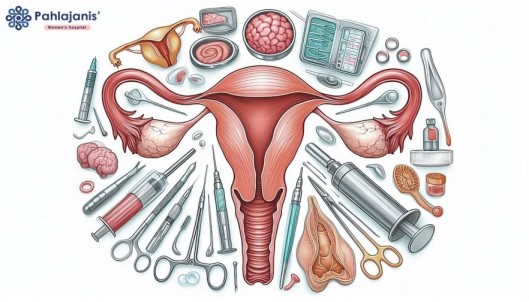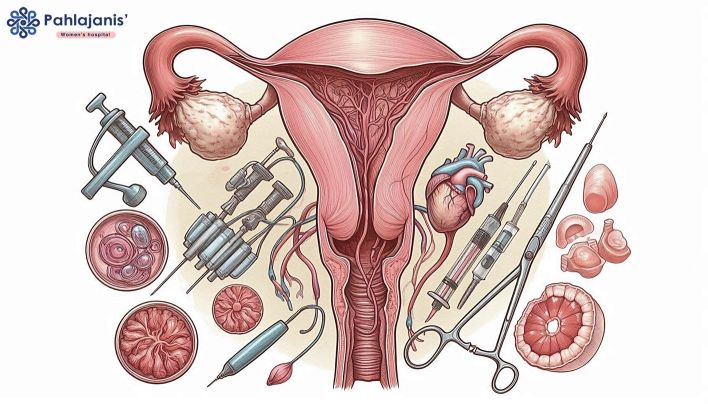Vaginal hysterectomy for instance is where the uterus is removed through the vagina only. It is usually recommended for women who have disorders like uterine prolapse, fibroid or chronic pelvic pain. The advantages of the minimally invasive approach overshadow the disadvantages of the abdominal and laparoscopic approaches hence the attractiveness of this method. Nevertheless, like any other surgery, it’s accompanied by its problems, that is, the dangers of the surgery and aftercare that the patients will require. In this blog, I will discuss vaginal hysterectomy, its benefits and shortcomings as well as what should be done by the women after the process.
Understanding Vaginal Hysterectomy
Vaginal hysterectomy is a surgical approach which includes elimination of the uterus through the vagina. The surgical treatment is frequently done in the instances of uterine prolapse in which the uterus has fallen into the vaginal hollow space or other conditions like endometriosis and menorrhagia for which other remedies have no longer established powerful.
Indeed, in this manner, vaginal hysterectomy follows the vaginal route of the gender-associated structure, as described in the guidance of the American College of Obstetricians and Gynecologists ACOG, it is the various maximum generally finished hysterectomy approaches with 30% of the full hysterectomies executed inside the USA. It is also quicker and much less radical than the technique in belly hysterectomy which calls for extra time due to extended abdominal starting.
Benefits of Vaginal Hysterectomy
Minimally Invasive Approach:
Vaginal hysterectomy is done without any incision on the abdomen wall as it is done through the vaginal canal. This makes the operation less invasive and leads to the formation of small scars, minimal pain and an early return to work when compared to abdominal surgery. Most patients are usually ready to resume normalcy within 4 to 6 weeks.
Reduced Hospital Stay:
There are many advantages of vaginal hysterectomy and one of them is the short hospitalization period required by the patient. The majority of the women are discharged and sent home within 24-48 hours after the surgery to enhance their recovery process at home. This is quite different from an abdominal hysterectomy which may take about 5 days admission in the hospital.
Lower Risk of Complications:
Because the procedure is less invasive there are fewer incidents of infection, bleeding and tissue sticking together or forming a scar. Reports indicate that vaginal hysterectomy comes with complication rates of approximately 5-10% which is slightly lower than total, half and cobalt hysterectomy. Also, the DVT or pulmonary embolism is lower with less recovery time and early mobilization offered by the minimally invasive approach.
Faster Recovery:
It has been noted that recovery from vaginal hysterectomy takes shorter time compared to those other forms of hysterectomy. An operation is an outpatient procedure in most cases and most female candidates can go back to their normal duties in two to four weeks based on the extent of their job requirements and if they are allowed light duties after a few days. Such a faster recovery is because fewer cuts are made and such an approach does not infringe heavily on the affected tissues.
Risks Associated with Vaginal Hysterectomy
In this example, we see that vaginal hysterectomy has very many benefits however it’s also essential if one is to undergo this procedure that he or she needs to know the feasible dangers. It is consequently essential that girls be aware about those dangers that allows you to allow them take sensible choices within the method.
Injury to Surrounding Organs:
Minor complications involve damage to neighboring organs such as the bladder, ureters and intestines though this is very rare. However, this risk is comparatively lower than what is observed in abdominal hysterectomy. To sum up, in such cases more surgical intervention may be necessary to correct the damages that have arisen.
Bleeding and Infection:
While vaginal hysterectomy is known to cause less blood loss compared to abdomen surgeries there is always the possibility of substantial blood loss during the operation. Sometimes, infections may occur after surgery or in specific areas for example after the top of the vagina has been sutured after the removal of the uterus, which is referred to as cuff infections. A patient should watch for signs of any of the following symptoms; fever, change in the type of discharge, and persistent pain.
Anesthesia-Related Risks:
Like in any surgery treatment complications always can happen regarding the anaesthesia. These are; Allergy reactions, breathing problems and cardiovascular diseases. Some of these risks include; that is why it’s important to disclose any pre-existing illnesses and medicines with the anesthesiologist before the surgical process.
Possible Long-Term Effects:
After the procedure, some may suffer from the long-term issue which includes alteration of sexual activity or pelvic floor dysfunction. Such problems may range from dryness of the vagina, which is a major Aids related problem, to dyspareunia, or even recurrent urinary incontinence. Nevertheless, the studies reveal that many women deny improvement in their sexual function after surgical treatment. Specific concerns that may come up after surgery can be dealt with using pelvic floor exercises and physical therapy.
Recovery Tips for Vaginal Hysterectomy
Post-operation care should therefore be done properly to ensure that the patient has the best result after the operation. Here are some tips to ensure a smooth recovery:
Follow Post-Operative Instructions:
Depending on your case, your surgeon will advise you on the most appropriate way that you should take care of yourself, especially after the surgery. Hear this advice to the letter: about the use or refusal of medications, avoidance of lifting heavy items, and follow-up clinic visits. The wound should not be allowed to come in contact with any substances that can make it wet since this will lead to infections.
Rest and Avoid Strenuous Activities:
It is recommended that patients take lots of rest in the first stages of recovery since healing can be a long process. Do not lift objects bend or engage in activities that involve harsh physical exercise of large muscles. Surgery usually involves removal of the cervix, uterus, upper part of the vagina and of the fallopian tubes, lymph nodes may also be removed Most women are advised to avoid sexual intercourse and tampon use for at least 6 weeks.
Maintain a Healthy Diet:
Proper meals must be taken to ensure that every nutrient is taken in the right proportion this reduces the chances of constipation which is common to most patients who have undergone surgery. Other important measures that will help in recovery include taking water and foods in small portions frequently.
Gradually Increase Physical Activity:
Resting is very important, but one has to move, and taking a walk is one of the best things that can be done. Begin with mild exercises, and then progress to more complicated exercises depending on the level of comfort but do not take any painful exercise.
Pelvic Floor Exercises:
This will also help if one makes the effort to do specific exercises involving the muscles that support the pelvic organs known as Kegels. These exercises can easily be able to prevent or reduce any dysfunction of the pelvic floor that might occur after the surgery. In case you are not sure how to go through these exercises, seek a physical therapist’s help.
Stay Connected with Your Healthcare Provider:
After the surgery, it is recommended that you visit your doctor for him or her to assess the progress of your healing. Always consult your doctor if you are having some of the above symptoms like bleeding pain and infection too and seek a second opinion when necessary. When it comes to aftercare, it is also crucial that your provider be able to assist you and cater to all your inquiries during the duration of the recovery.
Vaginal Hysterectomy at Pahlajanis’
Pahlajanis’ Women’s Hospital is among the top health facilities in Gauteng that provide quality services on gynaecology, obstetrics, and reproductive health services. Using the services of professional gynecologists and modern equipment the hospital offers medical services for women of all ages. Apart from traditional surgical procedures, Pahlajanis’ offers complex surgeries such as vaginal hysterectomy, which ensure that patients undergo surgeries that require less invasive measures that result in quick and quality recovery. The dedicated focus on quality in this healthcare institution has led to the establishment of the hospital as a prominent health facility for women in Raipur Chhattisgarh and other regions.
Conclusion
Vaginal hysterectomy is a significant surgical advancement in gynecology since it is a minimally invasive surgical process that can treat diverse diseases affecting women. It is proven to be a safer option than other rigorous surgeries as it comes with less scarring, short and simple recovery time, fewer complications and less postoperative pain. Pahlajanis’ Women’s Hospital where specialized gynecological services are offered guarantees that patients are offered personalized and excellent services as per their needs. Knowledge of the advantages, disadvantages, and possible means of management of side effects that comes with vaginal hysterectomy will help women to make right decisions that will improve their health.

